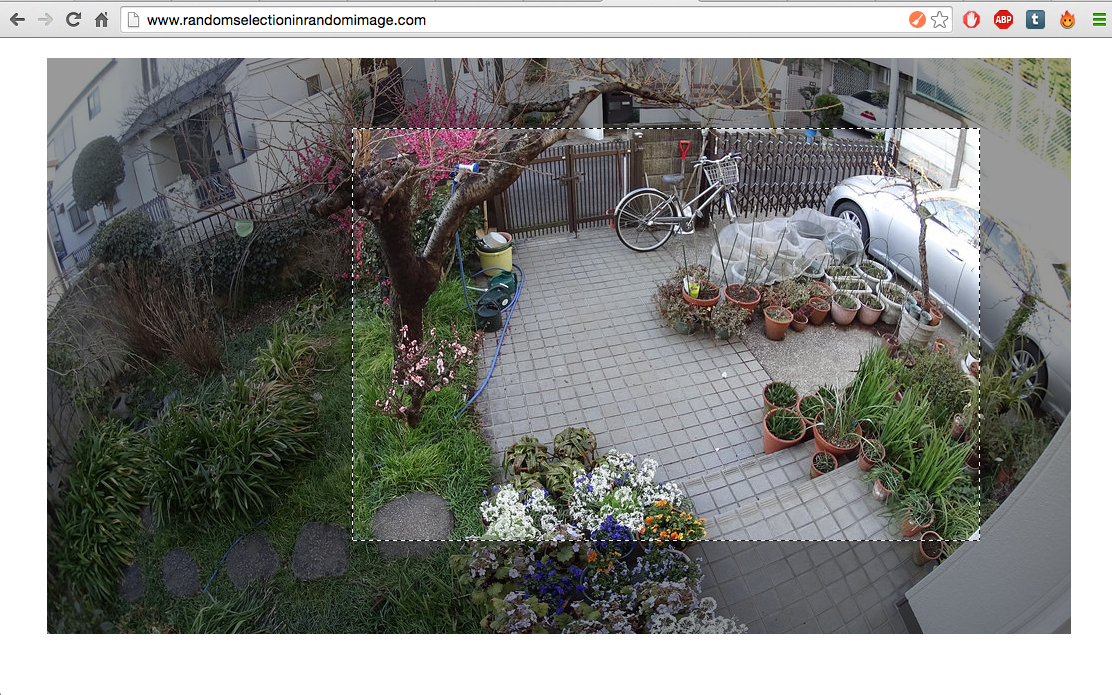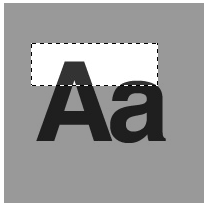
(Images 6) Random Image, by Robert Jan Leegte, www.randomselectioninrandomimage.com

(Images 6) Random Image, by Robert Jan Leegte, www.randomselectioninrandomimage.com
THE PHOTOGRAPH
intro [ The third perceptual frame is the photograph. A photoraph is a momentary framed vision on something. It captures a moment and changes its 3-dimensionality into a 2 dimensional representation. A photograph, by looking through its viewfinder, and making a picture, creates the (camera-)window that one looks through. The camera does not only function as a window; to look through, but also makes the rectangular frame, a frame in which we create, and at the end, to look at.]
“Every day the urge grows stronger to get hold of an object at very close range by way of its likeness, its reproduction. Unmistakably, reproduction as offered by picture magazines and newsreels differs from the image seen by the unarmed eye.” - Franklin Benjamin2
“Every day the urge grows stronger to get hold of an object at very close range by way of its likeness, its reproduction. Unmistakably, reproduction as offered by picture magazines and newsreels differs from the image seen by the unarmed eye.” - Franklin Benjamin2
“A painting on the wall, like a human eye, can only be in one place at one time. The camera reproduces it, making it available in any size, anywhere, for any purpose. The unique experience to travel to a place and see it there for real is fading away. You’re seeing artworks on your own screens, on your desk, with all your objects around it, in the context of you life. Surrounded not by the frame, but by the familiar surrounding you’re in. Once, all these paintings belonged to their own place. Some were altar pieces in churches. Originally, paintings were an integral part of the building for which they were designed. They become part of the life and history of the building. Everything around the image is part of its meaning. Its uniqueness is part of the uniqueness of the single place where it is. Everything around it confirms and consolidate its meaning. The real and authentic paintings still have this uniqueness about it.” - John Berger1
reproductions [ Benjamin says in his essay “The Work of Art in the Age of Mechanical Reproduction”3 that by photographing, and thus making a reproduction, the original, and its elements that make it an original, and its ‘aura’ dissapears. The experience of the original, the distance, the materiality and everything that makes the original work is completely different then seeing it framed in a picture magazine. The frame of the photograph changes the context of the work.]
art/scale [ Not only that, the camera made it possible to make 2D reproductions of everything, including other works of photography or art. When seeing a printed reproduction of a photograph, its scale is not always clear. A large painting can be shown small, without the painting itself and any other elements showing its real scale. One gives an assumption of the scale, and can realize that this is mostly wrong. It is a reproduction of the original work. Most of the time, in books or on art cards, we come in contact with paintings or photographs through reproductions that do not show the real scale of the original. It is mostly shown smaller in comparison to the originals. Most of the time the originals are all scaled down to a standard size. The standard size that fits the books or art card for example. Sometimes it is possible to see the scale through texture and brushwork, but this all depends on the quality of the reproductions.]
art/scale [ Not only that, the camera made it possible to make 2D reproductions of everything, including other works of photography or art. When seeing a printed reproduction of a photograph, its scale is not always clear. A large painting can be shown small, without the painting itself and any other elements showing its real scale. One gives an assumption of the scale, and can realize that this is mostly wrong. It is a reproduction of the original work. Most of the time, in books or on art cards, we come in contact with paintings or photographs through reproductions that do not show the real scale of the original. It is mostly shown smaller in comparison to the originals. Most of the time the originals are all scaled down to a standard size. The standard size that fits the books or art card for example. Sometimes it is possible to see the scale through texture and brushwork, but this all depends on the quality of the reproductions.]
3d [ With 2 dimensional work, the work has a physical frame. When spacious works are photographed, the environment of the location of a statue or 3dimensional piece of art is also photographed. Therefore we can, most of the time, estimate the scale of the work by comparing it with the environment and its elements. Sometimes the size of the art piece are displayed together with the reproductions, to help with the realisation of the scale.4 The caption of the image should be as important as the image itself, as it describes the image. It is there for a reason, and this reason is the realisation for the artist’s idea and to show the real scale of the artwork.]
human vision [ When we perceive and look around in our environment, we don’t have any framing whatsoever. Our field of view feels horizontally, and this is true. Our horizontal field of view, of 180 degrees5, is much larger than our vertical field of view, that is 135 degrees. But how come the images we create and see around us exist out of a rectangular frame? What is the nature of the frame and how does it influence images?]
shape [ The reason why a picture is rectangular has many reasons. The most important was to come as close to our human sight as possible, but some of them were for efficiency and based on technology and mathematical facts. When canvas was being used for paintings, the canvas needed to be warp and weft weaved and thus be perpendicular to one another.6 For both paintings and pictures the rectangular shape was useful because it makes the most efficient use of the canvas or paper and they take the smallest space when being stored. The location of rectangular paintings or pictures were also rectangular walls. The same subjects we paint or photograph exist mostly also out of horizontal or vertical lines. The content also relies on those lines, diagonal lines and composition. We need the edges to use composition effectively.]
cropping [ When cropping an image, the designer changes its shape and its frame. The website http://www.randomselectioninrandomimage.com/ of Robert Jan Leegte explains the strength of cropping and leaving something out of the frame. It shows a random image from a Flickr API when visiting the website. On top of that image a random selection of the image is shown (Images 6). It makes your eyes go from the selection, to the whole image and back to the selection. The image is still visable in its whole, but the selection is highlighted and the rest is darker. By doing so, the image is cropped on top of the same original image. It highlights a part of its whole (Gestalt). A selection on the full image that suddenly analyses a part of the image. This part can be relevant to the image, but can also be a part that would not be highlighted by choice. The random provides a choice that is related to the algorythm. By framing the context of the image changes.]
conclusion [ In conclusion, as the environment becomes the frame it becomes the camera-frame that makes the photograph a tool of creation and reproduction. By creating a photograph, one captures one single moment and changes its 3-dimensionality into a 2 dimensional representation. The rectangular shape of an image frame is based on its efficiency and our human sight. We use a landscape or portrait orientation based on its content. The way an image is captured or framed creates context for the image. Changing its frame by cropping, one can decide to focus on something new and leave something out and thus change the whole image and its context.]
1 John Berger, Ways of seeing, 1927, https://www.youtube.com/watch?v=0pDE4VX_9Kk
2 The Work of Art in the Age of Mechanical Reproduction, Walter Benjamin
3 The Work of Art in the Age of Mechanical Reproduction, Franklin Benjamin
4 Hardop kijken, Ad de Visser, p58
5 https://en.wikipedia.org/wiki/Field_of_view
6 https://www.quora.com/Why-are-televisions-and-laptop-computer-screens-rectangular-in-shape
2 The Work of Art in the Age of Mechanical Reproduction, Walter Benjamin
3 The Work of Art in the Age of Mechanical Reproduction, Franklin Benjamin
4 Hardop kijken, Ad de Visser, p58
5 https://en.wikipedia.org/wiki/Field_of_view
6 https://www.quora.com/Why-are-televisions-and-laptop-computer-screens-rectangular-in-shape